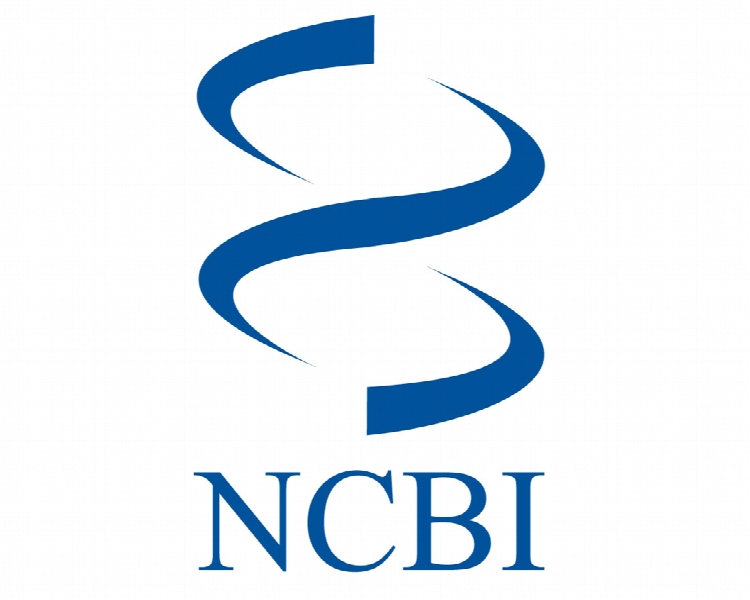آیا شاخص توده بدنی زنان نابارور بر روش و نتیجه IVF تاثیرگذار است؟ Does Body Mass Index of Infertile Women Have an Impact on IVF Procedure and Outcome?
- نوع فایل : کتاب
- زبان : انگلیسی
- ناشر : NCBI
- چاپ و سال / کشور: 2017
توضیحات
رشته های مرتبط زیست شناسی، پزشکی
گرایش های مرتبط بیولوژی تولید مثل، علوم سلولی مولکولی، ژنتیک
مجله کمک باروری و ژنتیک – Journal of Assisted Reproduction and Genetics
دانشگاه Department of Gynaecology and Obstetrics, France
نشریه نشریه NCBI
گرایش های مرتبط بیولوژی تولید مثل، علوم سلولی مولکولی، ژنتیک
مجله کمک باروری و ژنتیک – Journal of Assisted Reproduction and Genetics
دانشگاه Department of Gynaecology and Obstetrics, France
نشریه نشریه NCBI
Description
INTRODUCTION Higher risks of infertility have been found in both overweight and underweight women (1–3). To appreciate female anthropometry the estimation of Quetelet’s body mass index (BMI) defined as weight/height2 (kg/m2 ) is frequently performed. According to this parameter, a BMI range from 20 to 25 kg/m2 corresponds to normal weight women, whereas a BMI between 25 and 28 kg/m2 defines overweight women and BMI equal to or greater than 28 kg/m2 defines obese women. The prevalence of overweight varies worldwide but is estimated to range from 5% (4) to more than 30% (5) in developed countries. Overweight repercussions on fertility are well known. In natural cycles, the fertility of obese women is lower compared to normally weighted women (2) and ovulation disorders are more frequent (5). In case of pregnancy, the miscarriage rate increases (5) with maternal obesity and also is a factor associated with an increased risk of cesarean delivery (6). Concerning infertility treatments, it has been demonstrated that response to gonadotropins for follicular growth is inversely related to body mass (7). In addition the length of the stimulation protocol (8) the number of retrieved oocytes (9) also seem to be disturbed by an increased BMI. INTRODUCTION Higher risks of infertility have been found in both overweight and underweight women (1–3). To appreciate female anthropometry the estimation of Quetelet’s body mass index (BMI) defined as weight/height2 (kg/m2 ) is frequently performed. According to this parameter, a BMI range from 20 to 25 kg/m2 corresponds to normal weight women, whereas a BMI between 25 and 28 kg/m2 defines overweight women and BMI equal to or greater than 28 kg/m2 defines obese women. The prevalence of overweight varies worldwide but is estimated to range from 5% (4) to more than 30% (5) in developed countries. Overweight repercussions on fertility are well known. In natural cycles, the fertility of obese women is lower compared to normally weighted women (2) and ovulation disorders are more frequent (5). In case of pregnancy, the miscarriage rate increases (5) with maternal obesity and also is a factor associated with an increased risk of cesarean delivery (6). Concerning infertility treatments, it has been demonstrated that response to gonadotropins for follicular growth is inversely related to body mass (7). In addition the length of the stimulation protocol (8) the number of retrieved oocytes (9) also seem to be disturbed by an increased BMI.


